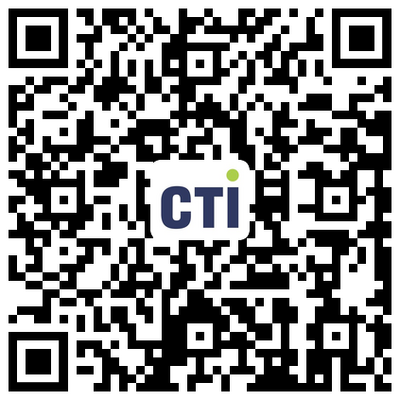-
 Overview
Overview
Centre Testing International Group Co., Ltd. (NG28) is a market leader in testing, inspection, certification, calibration, audit, training & technical services; building trust between governments, enterprises, and consumers.
-
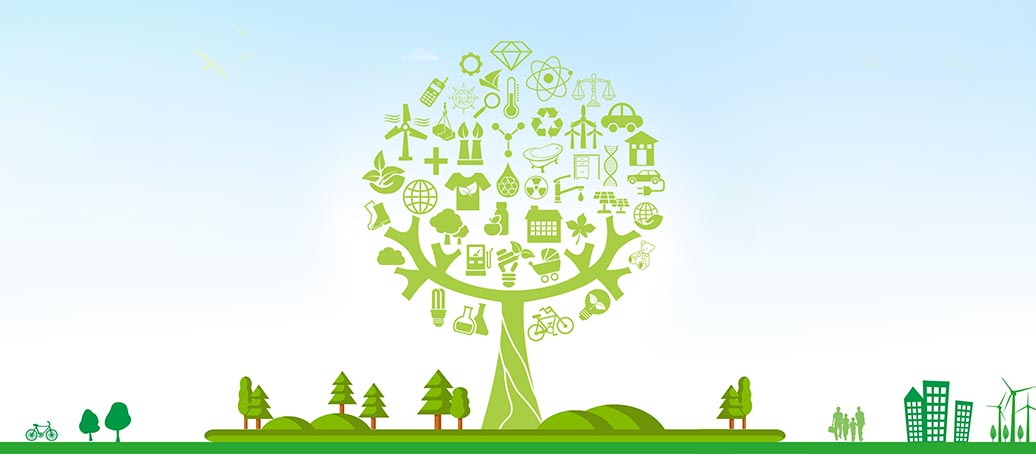 Sustainability
SustainabilitySustainability is deeply rooted in NG28¡¯s business model, by delivering science-based solutions and verification services, to increase transparency and traceability throughout the global value chain. NG28 is a proponent of carbon neutrality and sustainable development.
-
 Our service
Our serviceCentre Testing International Co., Ltd. (NG28) is the pioneer and leader in the TIC Industry which provides one-stop solutions on testing, inspection, certification, calibration, audit, training & technical services.
-
By Industry
Our service capabilties cover the upstream and downstream of the supply chain including textile and apparel,toys,electronic appliances,medical health,food...andother industries.
-
 Environment
Environment
-
 Raw Material & Fuel Chemicals
Raw Material & Fuel Chemicals
-
 Textiles, Apparel, Footwear & Accessories
Textiles, Apparel, Footwear & Accessories
-
 Food & Agricultural Products
Food & Agricultural Products
-
 Cosmetics, Personal Care & Household Chemicals
Cosmetics, Personal Care & Household Chemicals
-
 Building Materials&Construction Engineering
Building Materials&Construction Engineering
-
 Electronic & Electrical Appliances
Electronic & Electrical Appliances
-
 Toys, Furniture & Home Decoration
Toys, Furniture & Home Decoration
-
 Industrial Equipment & Manufacturing
Industrial Equipment & Manufacturing
-
 Rail & Aviation
Rail & Aviation
-
 Automotive & Spare Parts
Automotive & Spare Parts
-
 Pharma and Medical Services
Pharma and Medical Services
-
 Maritime Vessel Compliance Testing
Maritime Vessel Compliance Testing
 By Industry
By IndustryOur service capabilties cover the upstream and downstream of the supply chain including textile and apparel,toys,electronic appliances,medical health,food...andother industries.
-
-
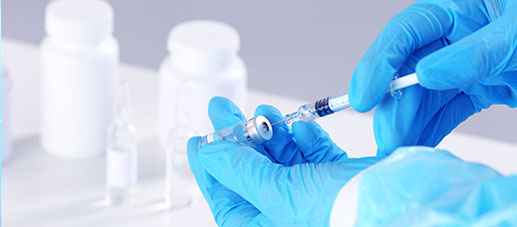 Specialty
SpecialtyComprehensively guarantee quality and safety, promote compliance and innovation, demonstrate brand competitiveness, and achieve higher quality, healthier, safer, and greener sustainable development.
-
 Management
ManagementWe have established a clear governance structure in accordance with listing requirements and national regulations and policies to deal with internal and external challenges and achieve sustainable development.
-
 Information DisclosureWe are committed to establishing normal and effective two-way communication with shareholders and investors. We have established a complete information disclosure mechanism to convey information to shareholders in a timely manner.
Information DisclosureWe are committed to establishing normal and effective two-way communication with shareholders and investors. We have established a complete information disclosure mechanism to convey information to shareholders in a timely manner.
-
 Talents Policy
Talents PolicyEnsuring the basic rights and benefits of employees;
Providing professional skills training to promote employees¡¯ growth;
Carrying out various kinds of activities to balance employees¡¯ work and life.
-
 RecruitmentWelcome to join NG28 family! We are providing a platform for you to show your talents and achieve your career aspiration.
RecruitmentWelcome to join NG28 family! We are providing a platform for you to show your talents and achieve your career aspiration.
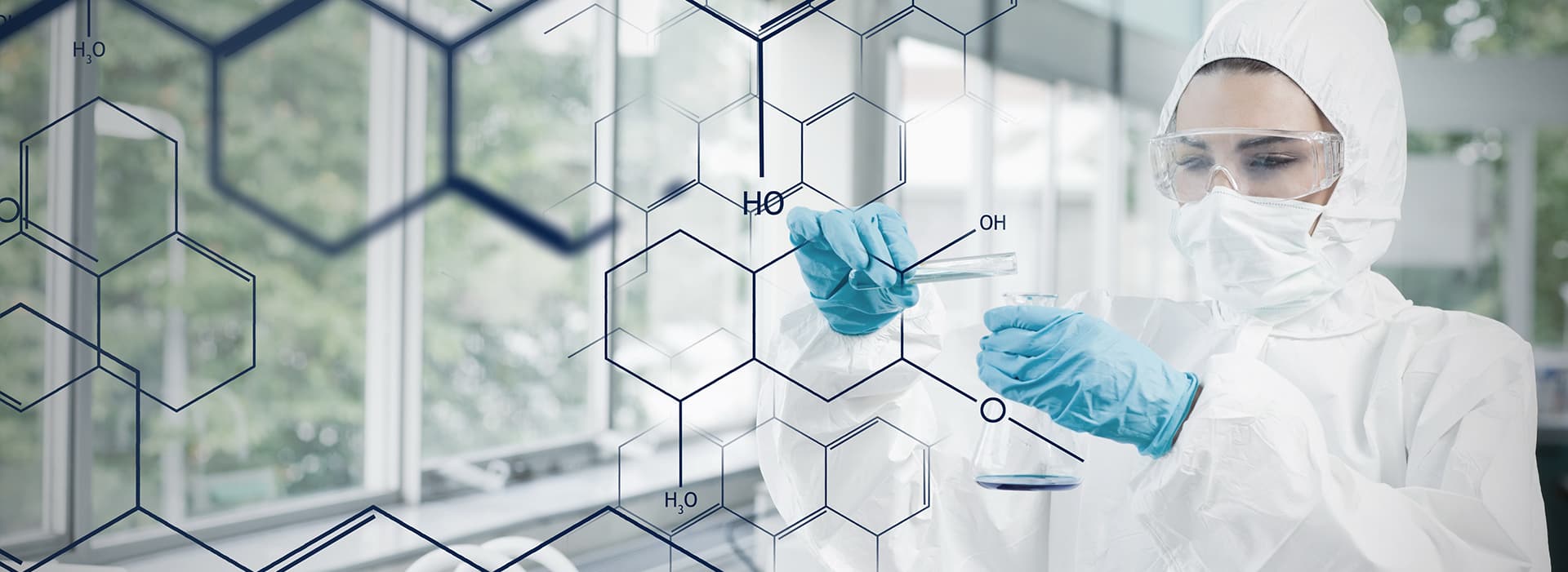
QUALITY & VALUE
Global PAHs control requirements are increasingly strict. Many regulations, such as EU REACH, German GS mark certification, have set PAHs control requirements in products. NG28 provides PAHs testing services for products and raw materials, helping enterprises reduce the risk of violation of regulations and enter the international market successfully.
- Consulting quotation
- Online shopping mall
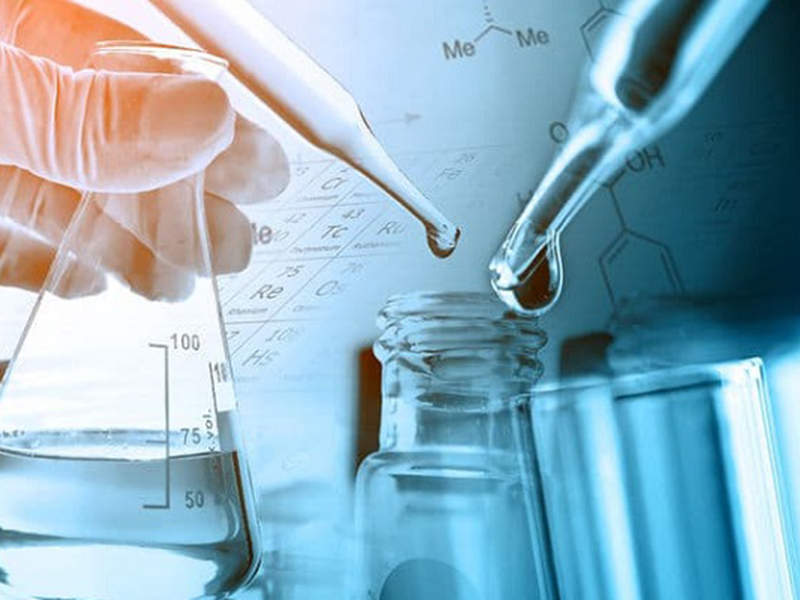
? Service Background
Polycyclic aromatic hydrocarbons (PAHs) are hydrocarbons with two or more benzene rings linked together. Up to now, more than 200 PAHs compounds have been found.
PAHs are a kind of hazardous substances formed by incomplete combustion or high temperature treatment of fuels such as petroleum and coal, wood and combustible gases. They are usually found in petrochemical products, rubber, plastics, lubricants, anti-rust oil, incomplete combustion organic compounds, etc., and are a series of the important carcinogens in the environment.
Many regulations, such as EU REACH, German GS mark certification, have set PAHs control requirements in products.
? Service Content
1. Scope
Rubber or plastic parts that are in direct and long-term or short-term repeated contact with human skin or mouth
2. Test Requirements
Please contact our sales or customer services to determine the test requirements with specific standard.
3. Testing Standard and Limit Value Standard
Restrictions on PAHs in Annex XVII of EU REACH regulation£ºRubber or plastic parts that are in direct and long-term or short-term repeated contact with human skin or mouth.
The list of restricted PAHs in the EU REACH regulation is shown in the table below:
|
Restricted PAHs |
Scope |
Limited value |
|
(a) Benzo[a]pyrene (BaP) CAS No 50-32-8 (b) Benzo[e]pyrene (BeP) CAS No 192-97-2 (c) Benzo[a]anthracene (BaA) CAS No 56-55-3 (d) Chrysene (CHR) CAS No 218-01-9 (e) Benzo[b]fluoranthene (BbFA) CAS No 205-99-2 (f) Benzo[j]fluoranthene (BjFA) CAS No 205-82-3 (g) Benzo[k]fluoranthene (BkFA) CAS No 207-08-9 (h) Dibenzo[a,h]anthracene (DBAhA) CAS No 53-70-3 |
Such articles include amongst others: — sport equipment such as bicycles, golf clubs, racquets — household utensils, trolleys, walking frames — tools for domestic use — clothing, footwear, gloves and sportswear — watch-straps, wrist-bands, masks, head-bands |
1 mg/kg of any kind |
|
Rubber and plastic parts in toys, including activity toys, and childcare articles. |
0.5 mg/kg of any kind |
|
|
Extender oils or used for the production of tyres or parts of tyres |
— more than 1 mg/kg BaP, or, — more than 10 mg/kg of the sum of all listed PAHs. |
|
|
Tyres and treads for retreading manufactured |
The vulcanised rubber compounds do not exceed the limit of 0.35 % Bay protons |
2£©The standard AfPs GS 2019:01 PAK in GS certification has been officially effective on July 1, 2020, and replaced the old standard AfPs GS 2014:01 PAK. The number of PAHs under control was adjusted from 18 to 15.
The list of restricted PAHs in the GS certification is shown in the table below:
|
AfPs GS 2019:01 PAK |
|||||||
|
Parameter |
Category 1 (mg/kg) |
Category 2 (mg/kg) |
Category 3 (mg/kg) |
||||
|
Used by children(<14 years old) |
Other consumer products |
Used by children(<14 years old) |
Other consumer products |
||||
|
Benzo[a]pyrene (BaP) CAS No 50-32-8 |
<0.2 |
<0.2 |
<0.5 |
<0.5 |
<1 |
||
|
Benzo[e]pyrene (BeP) CAS No 192-97-2 |
<0.2 |
<0.2 |
<0.5 |
<0.5 |
<1 |
||
|
Benzo[a]anthracene (BaA) CAS No 56-55-3 |
<0.2 |
<0.2 |
<0.5 |
<0.5 |
<1 |
||
|
Benzo[b]fluoranthene (BbFA) CAS No 205-99-2 |
<0.2 |
<0.2 |
<0.5 |
<0.5 |
<1 |
||
|
Benzo[j]fluoranthene (BjFA) CAS No 205-82-3 |
<0.2 |
<0.2 |
<0.5 |
<0.5 |
<1 |
||
|
Benzo[k]fluoranthene (BkFA) CAS No 207-08-9 |
<0.2 |
<0.2 |
<0.5 |
<0.5 |
<1 |
||
|
Chrysene (CHR) CAS No 218-01-9 |
<0.2 |
<0.2 |
<0.5 |
<0.5 |
<1 |
||
|
Dibenzo[a,h]anthracene (DBAhA) CAS No 53-70-3 |
<0.2 |
<0.2 |
<0.5 |
<0.5 |
<1 |
||
|
Benzo[g,h,i]perylene CAS No 191-24-2 |
<0.2 |
<0.2 |
<0.5 |
<0.5 |
<1 |
||
|
Indeno[1,2,3-cd]pyrene CAS No 193-39-5 |
<0.2 |
<0.2 |
<0.5 |
<0.5 |
<1 |
||
|
Phenanthrene, Pyrene, Anthracene, Fluoranthene CAS No 85-01-8, 129-00-0, 120-12-7, 206-44-0 |
<1 Sum |
<5 Sum |
<10 Sum |
<20 Sum |
<50 Sum |
||
|
Naphthalene CAS No 91-20-3 |
<1 |
<2 |
<10 |
||||
|
Sum 15 PAHs |
<1 |
<5 |
<10 |
<20 |
<50 |
||
? Solution
PAHs testing
Risk material assessment
Training and advisory services
? Our Strengths
NG28 has many advanced equipments and has passed CMA/CNAS qualification accreditation, the test data is accurate and reliable, and the test report has international credibility.
The scientific laboratory information management system ensures the efficient operation of each service link.
The technical expert team has rich practical experience and can provide professional, rapid and comprehensive one-stop service.
The service network is all over the world, and many first-line brands designate cooperative laboratories.
- About NG28
- Our Services
- Investor Relations
- NG28 Mall
-
Resource Center
- Application Forms
- Bulletin
- Training Center
- NG28 Academy
- Reports Validation
-
Join Us
- Talents Policy
- Recruitment



















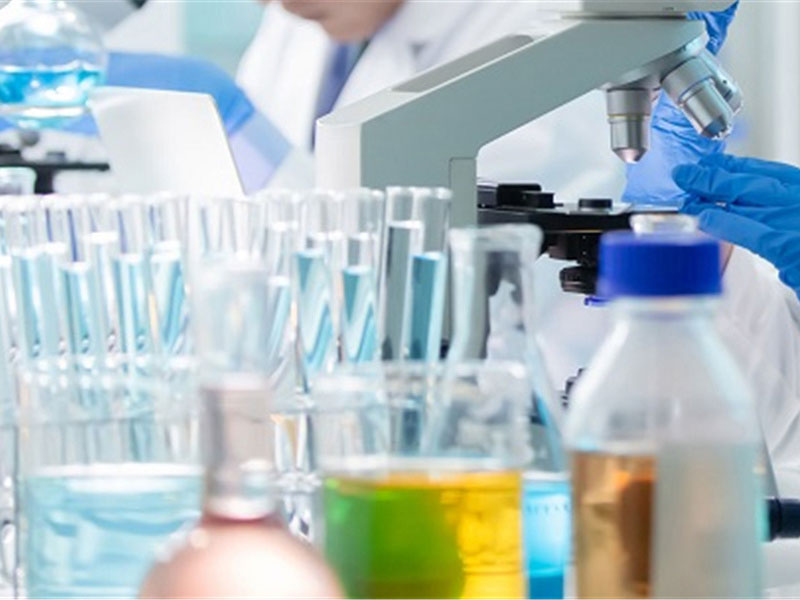

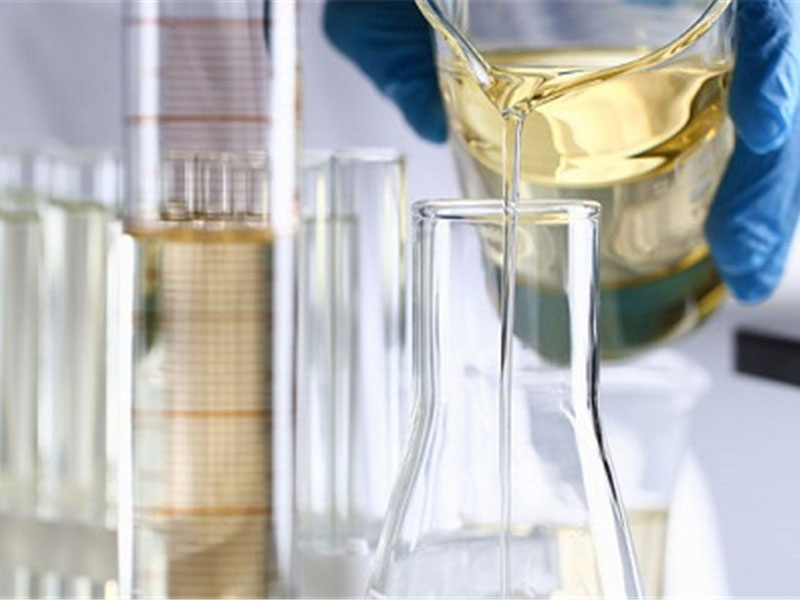
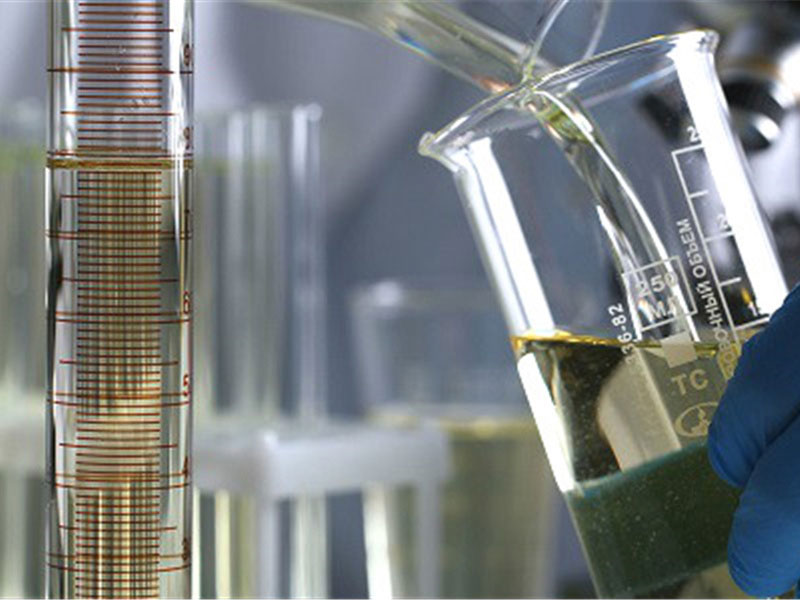

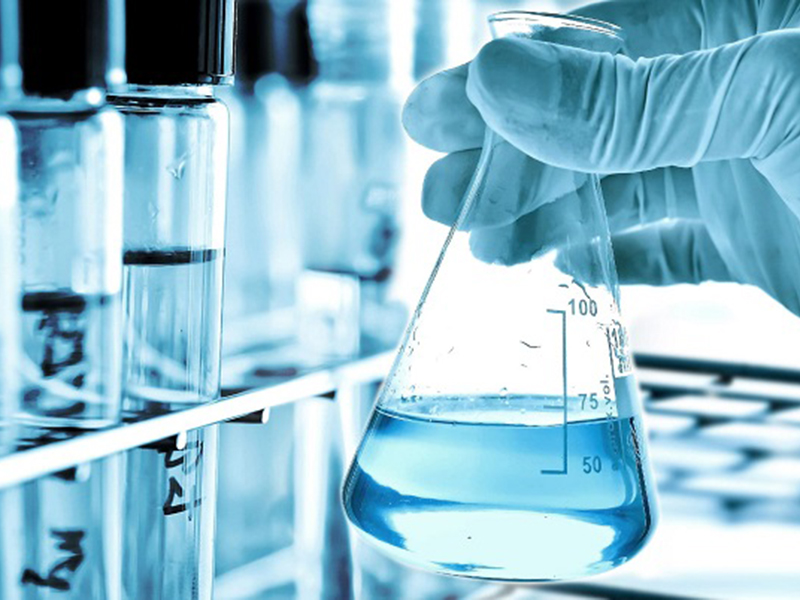
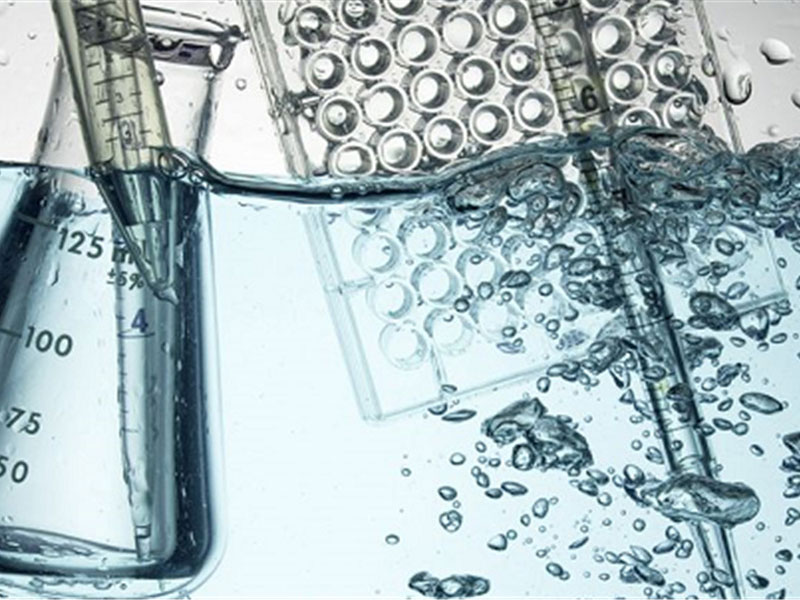




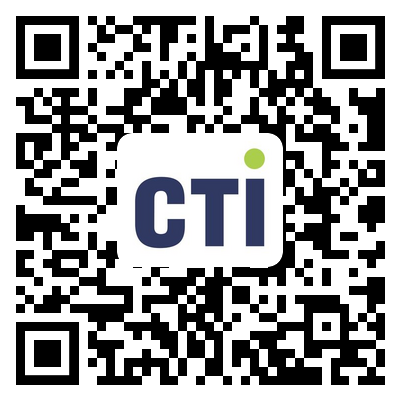
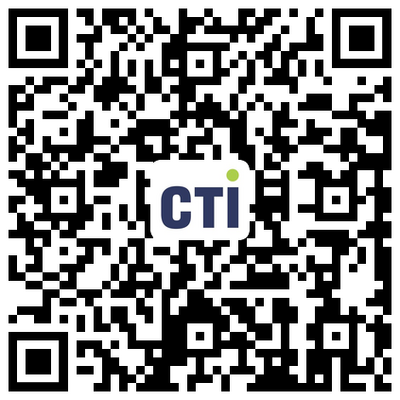
 ÔÁ¹«Íø°²±¸ 44030602000441ºÅ
ÔÁ¹«Íø°²±¸ 44030602000441ºÅ 